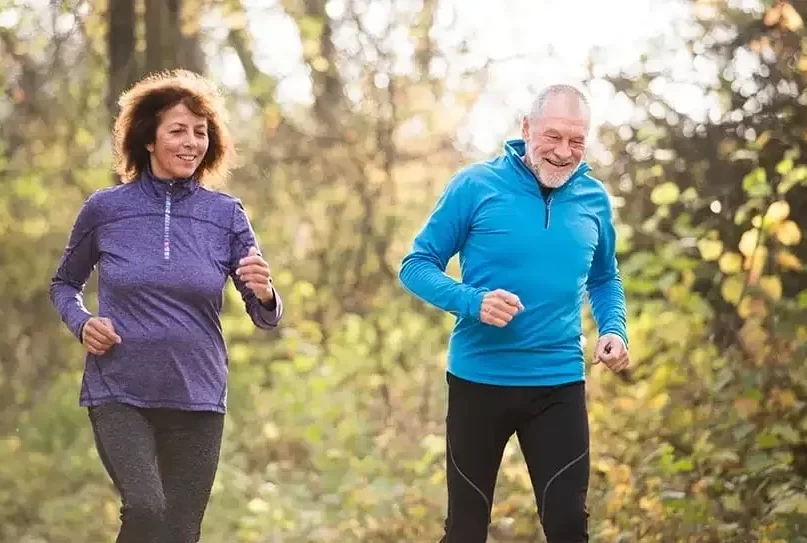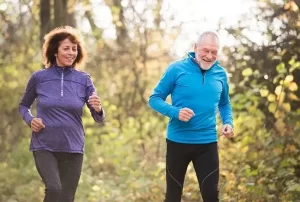The best exercise for individuals over 65 involves a combination of aerobic, strength, flexibility, and balance exercises to promote overall health and well-being. Here are some recommended exercises:
Aerobic Exercise:
- Walking: A low-impact activity that helps maintain cardiovascular health.
- Swimming: Gentle on joints and provides a full-body workout.
- Cycling: Great for leg strength and cardiovascular fitness.
Strength Training:
- Bodyweight exercises: Squats, lunges, and modified push-ups to build and maintain muscle strength.
- Resistance training: Using resistance bands or light weights to strengthen muscles.
Flexibility Exercises:
- Stretching: Regular stretching improves flexibility and helps prevent stiffness.
- Yoga: Enhances flexibility, balance, and promotes relaxation.
Balance Exercises:
- Tai Chi: A low-impact exercise that focuses on balance, coordination, and relaxation.
- Heel-to-toe walk: Walking in a straight line, placing the heel of one foot directly in front of the toes of the other.
Functional Exercises:
- Activities that mimic daily tasks, such as standing from a seated position, can improve functional fitness.
Core Exercises:
- Planks, pelvic tilts, and seated leg lifts can help maintain core strength and stability.
Before starting any exercise program, it’s essential to consult with a healthcare professional, especially if there are pre-existing health conditions. Tailoring exercises to individual needs and capabilities is key to a safe and effective fitness routine.
Water Aerobics:
- Ideal for joint-friendly exercise, water aerobics offers resistance and buoyancy, making it gentle on the joints while providing a full-body workout.
Dancing:
- Whether it’s ballroom dancing, line dancing, or even Zumba, dancing not only improves cardiovascular health but also adds an element of fun to exercise routines.
Cognitive Activities:
- Incorporate activities that stimulate the mind, such as playing chess, solving puzzles, or participating in group classes focused on cognitive well-being.
Gardening:
- Engaging in gardening activities not only promotes physical movement but also connects individuals with nature, fostering mental well-being.
Seated Exercises:
- Seated leg lifts, seated marches, and chair yoga are excellent options for those with mobility challenges or who prefer seated workouts.
Group Classes:
- Joining group fitness classes, such as senior fitness classes or group walks, provides social interaction, motivation, and a sense of community.
Interval Training:
- Incorporating short bursts of higher intensity into a workout routine can boost metabolism and cardiovascular fitness.
Mind-Body Practices:
- Mindfulness meditation, tai chi, or qigong not only enhance physical health but also promote mental and emotional well-being.
Posture Exercises:
- Exercises targeting posture, like shoulder blade squeezes and neck stretches, contribute to overall musculoskeletal health.
Remember, the key is finding activities that bring joy and are sustainable. It’s always beneficial to consult with a fitness professional or healthcare provider to tailor an exercise plan to individual needs and abilities. Regular physical activity contributes to maintaining independence, improving mood, and enhancing overall quality of life.





